While vacationing in San Francisco, I picked up some haw flakes in Chinatown. A fun little confection for me; a conflict trigger for the kids in the next Generation Mars book.
“So, in the interest of preventing strife, Jun and Keiron suggested it would be best if the Chinese ate their own rations until they were gone. Then they would adopt the Metzger menu. Ro reluctantly agreed, as it delayed dealing with the issue of the Chinese eating what she thought of as ‘our’ food. This plan would have worked except for one item the Chinese had in their stores: haw flakes.”
(Excerpt from Food: Generation Mars, Book Four. Coming soon.)


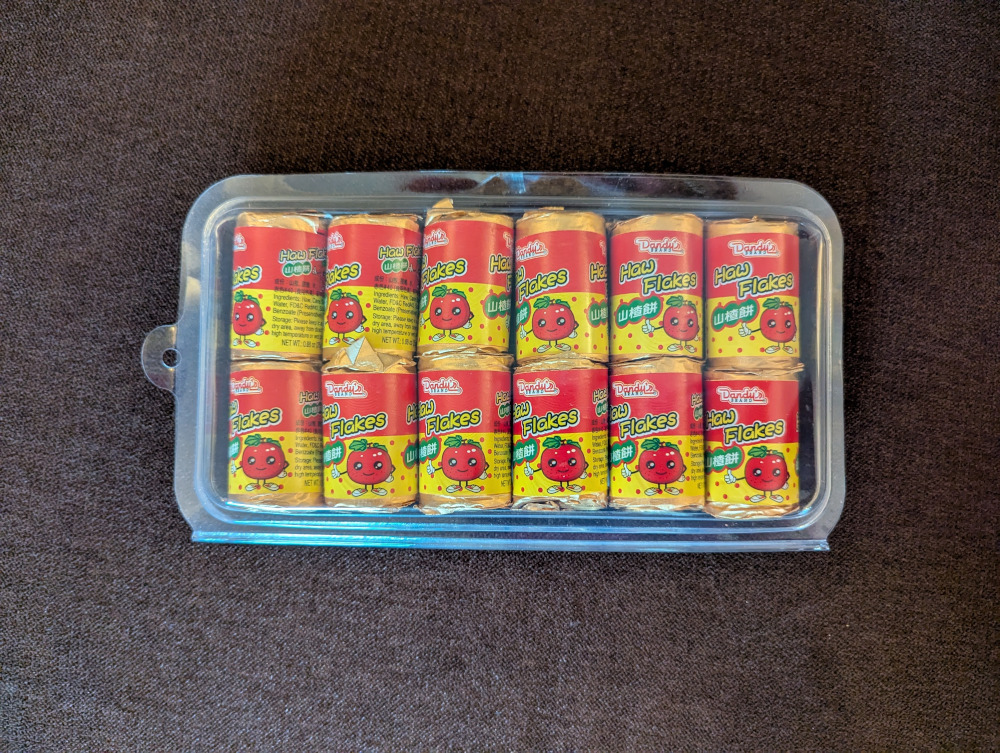

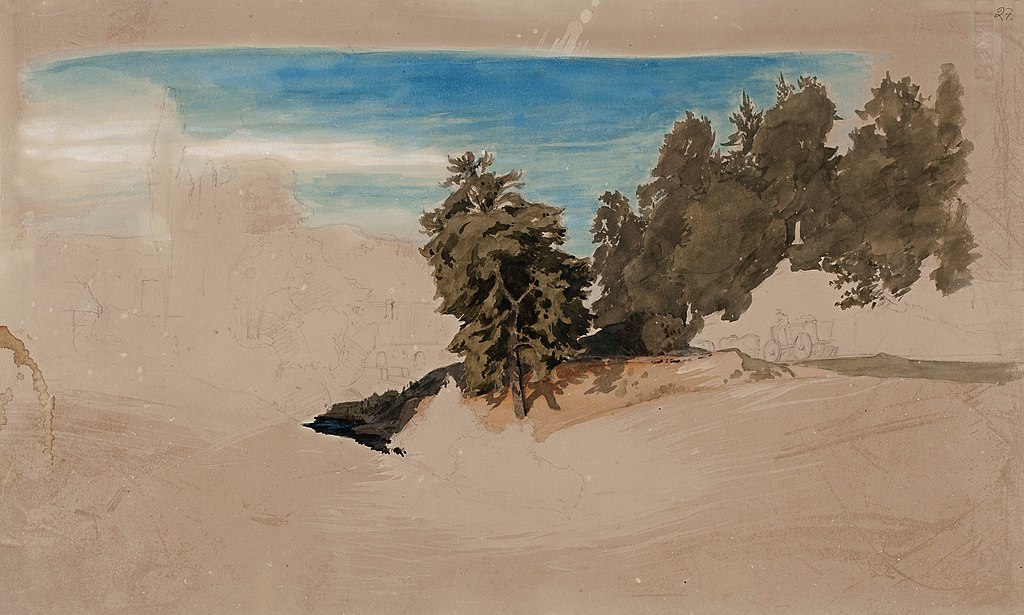
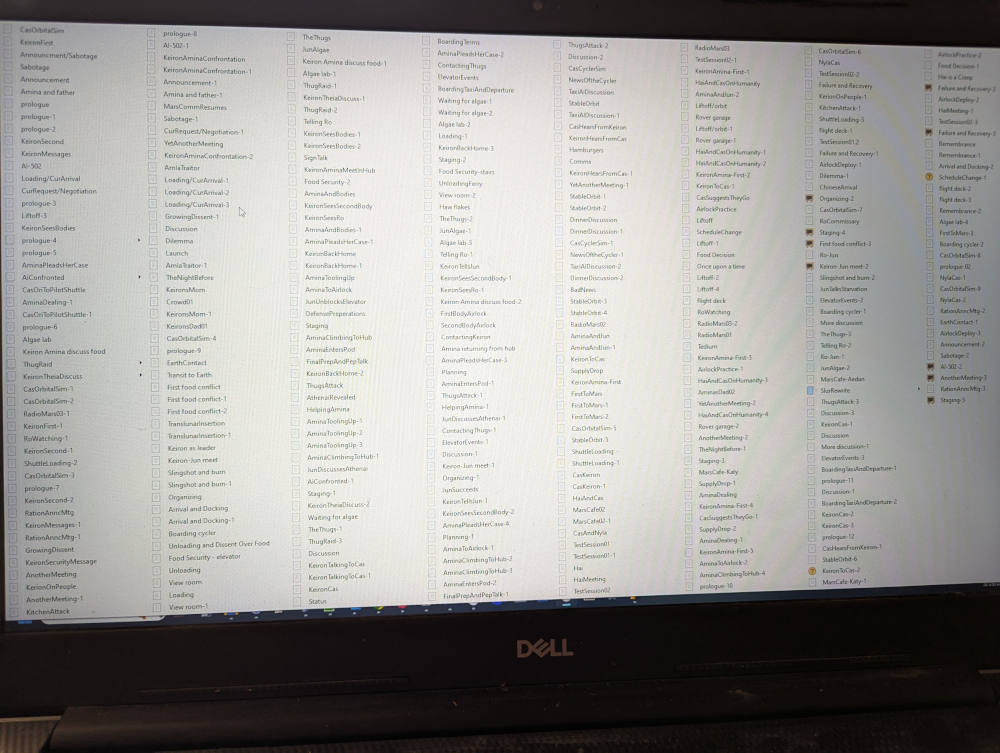

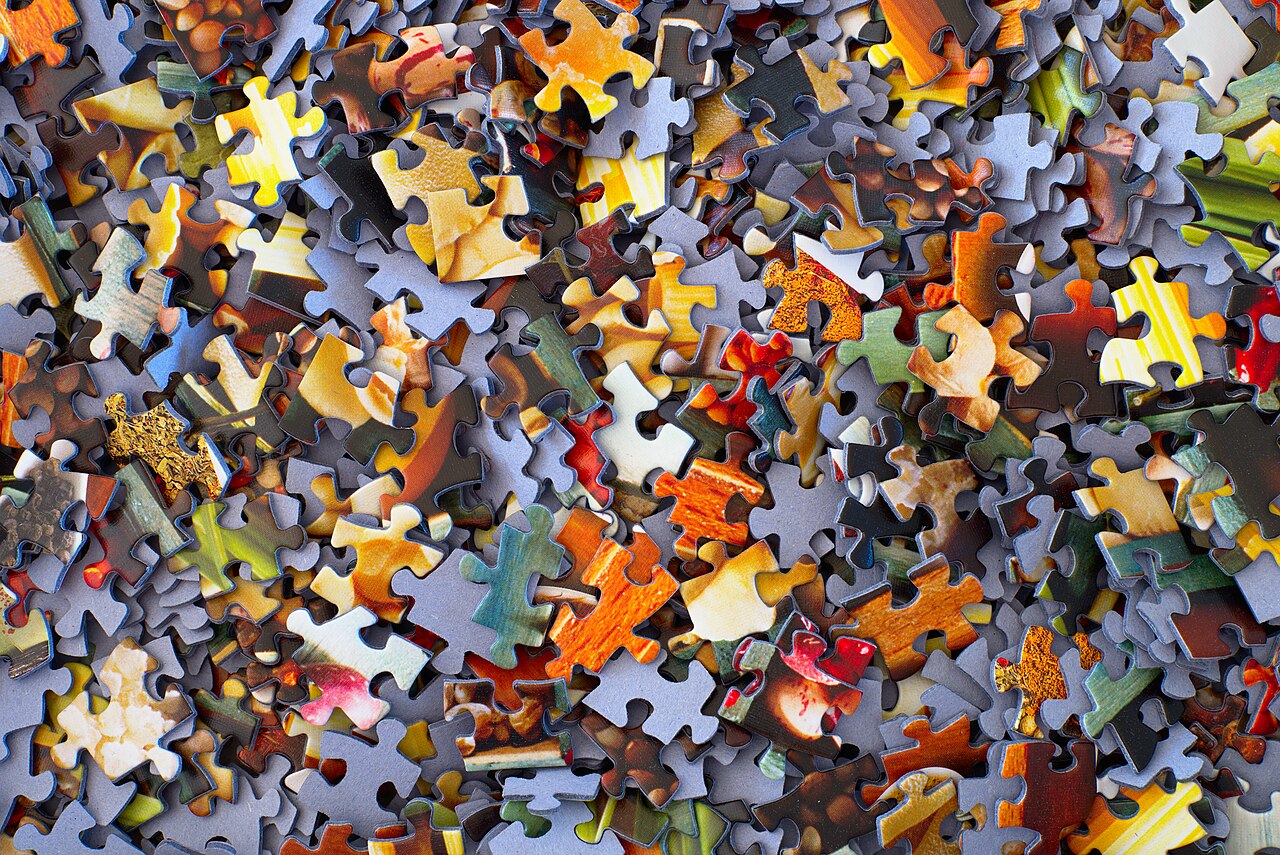
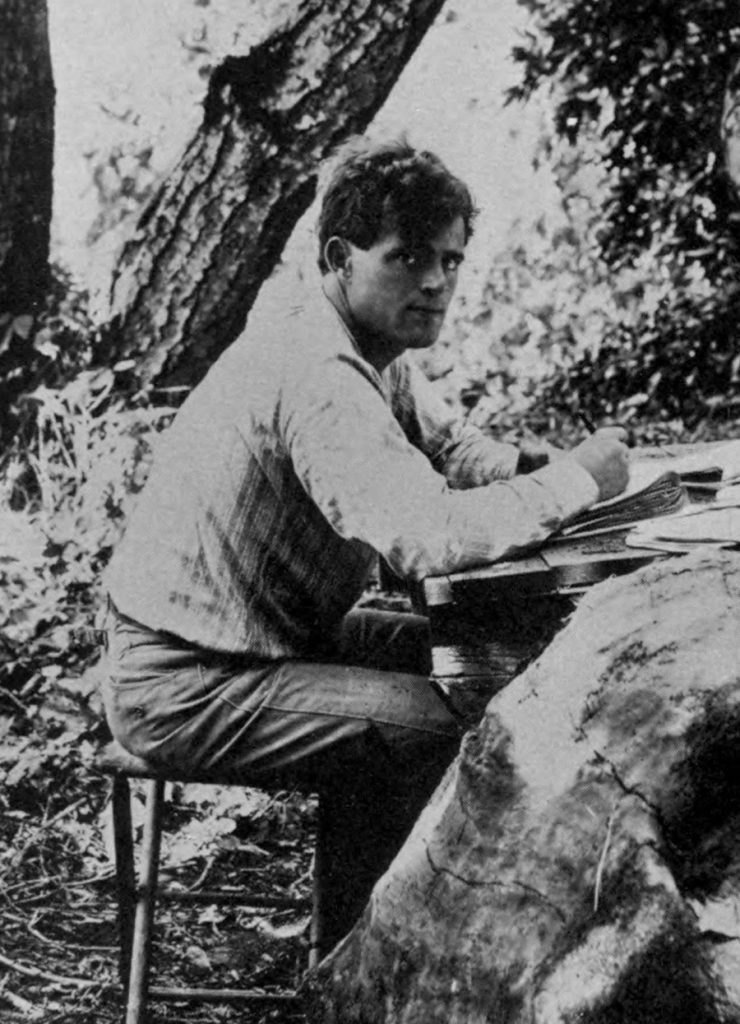

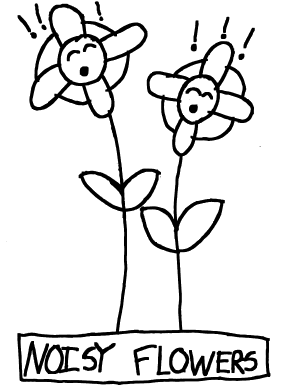

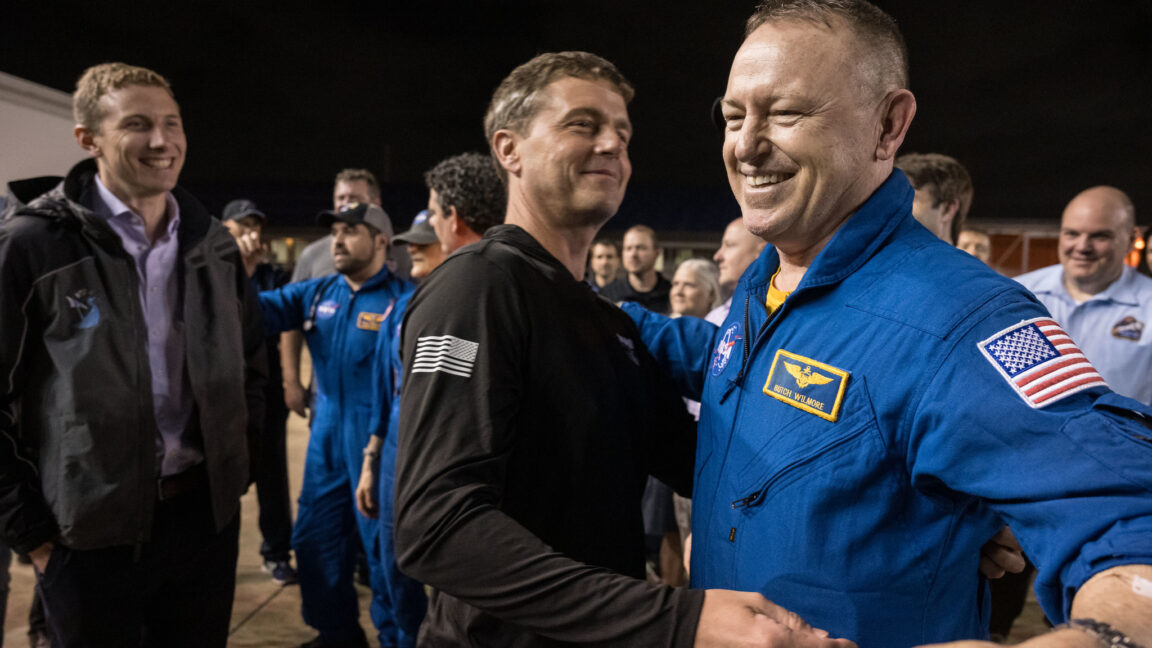
 Ars Technica
Ars Technica